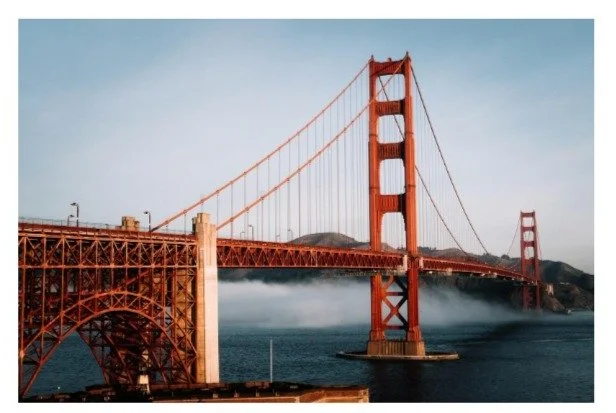Global trends in sustainable luxury living
Sustainability has become a driving force in luxury real estate. More than 60 countries have introduced green building incentives, certifications, or environmental standards in housing developments — and high-end real estate is no longer an exception. The shift reflects what modern buyers value: wellness, efficiency, and long-term environmental responsibility.
Today’s luxury homeowners are looking for homes that support a healthier lifestyle, minimize environmental impact, and offer a sense of harmony with nature. Developers are responding with communities that integrate green space, smart infrastructure, and materials designed to last — all while delivering the quality and comfort expected at the premium level.
What Buyers Expect in Sustainable Luxury Living
Affluent buyers are increasingly focused on well-being. Private gyms and pools are no longer standout features — now, they're part of larger wellness ecosystems that include:
Dedicated mindfulness areas
Outdoor fitness loops
Access to organic or local food systems
Air and water purification systems
Efficient energy use and low-impact materials
Smart home integration is also now expected. Automated lighting, climate control, and water-saving technologies are part of a broader effort to reduce both energy usage and daily friction.
Where It’s Happening: Global Developments Leading the Way
Across the world, major developments are setting new benchmarks for sustainable luxury. These projects combine architectural design with functionality and environmental performance:
Athlon by Aldar – Abu Dhabi, UAE
A movement-focused community designed around wellness. Walking trails, parks, and integrated nature define the master plan, which also includes energy-efficient systems and shaded outdoor zones that reduce heat and encourage activity.The Sustainable City – Dubai, UAE
An established eco-community featuring solar-powered villas, car-free zones, on-site food production, and recycling systems — proving that environmental design can be scaled in the luxury segment.Marina One – Singapore
A mixed-use development with extensive greenery, natural ventilation, and one of the most ambitious inner-city garden systems in Southeast Asia. The entire project is centered on the concept of “city in a garden.”One Sydney Harbour – Sydney, Australia
Designed by Renzo Piano, this waterfront project uses high-performance glazing, recycled materials, and a focus on energy reduction without sacrificing aesthetics or luxury standards.EDEN – London, UK
A boutique residence that blends sustainable features such as solar panels and rainwater harvesting with contemporary London design. It’s an example of how environmental thinking is being applied even in dense, heritage-driven cities.
Why This Shift is Important
The rise of sustainable luxury reflects a deeper cultural change. People want homes that align with their values. The next generation of buyers — including millennials and Gen Z investors — expect their living environments to support both personal well-being and planetary health.
This also ties to long-term asset value. Properties built with durability, efficiency, and wellness in mind tend to perform better over time — not only in energy costs but in market demand. Green certifications and eco-focused amenities are already influencing resale value and buyer competition.
And there's something more human behind this movement. Living in a space that respects its surroundings, that supports health, and that encourages a slower, more intentional pace — it’s no longer a niche idea. It’s becoming the new standard.
A Positive Shift With Long-Term Benefits
The fact that sustainability is becoming popular in luxury real estate is not just a design trend — it’s a meaningful step forward. It proves that elegance, comfort, and environmental care can coexist. As more buyers seek homes that offer both beauty and responsibility, the industry is evolving for the better.





